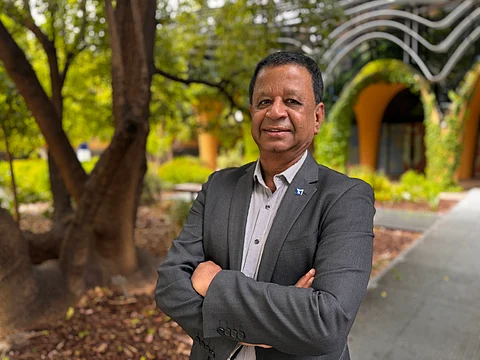

There is no doubt that India’s greatest asset is its youth. With one in five people under 25 globally living here, the opportunity is immense, but then again, so is the challenge. One of the impending challenges is India’s aim to enrol 50% of its youth in higher education by 2035, which requires solutions that transcend traditional classroom models.
Existing infrastructure can’t grow fast enough, and fast-changing industries like renewable energy and artificial intelligence need training programs that match global requirements.
Therefore, Transnational Education (TNE) collaborations between Indian and Australian universities offer a compelling pathway to bridge this gap, combining scale, quality, and relevance to empower millions.
Partnerships built on shared goals
Educational collaboration between Australia and India has grown exponentially. Over 1,20,000 Indian students now study in Australia — a 380% rise in the last two decades — and 430 academic transnational partnerships between Indian and Australian universities underpin this relationship.
These ties align with India’s National Education Policy (NEP) 2020, which emphasises flexibility, global engagement, and digital learning.
Further, NEP’s ambition to modernise India’s education ecosystem, through multidisciplinary degrees, credit portability, and international collaboration, creates a strategic opening for TNE models. At the University of Melbourne, we have prioritised collaborative models that respect India’s educational ambitions.
Since 2016, our Bachelor of Science (Blended) program, co-designed with Indian universities, has expanded to five partner institutions, including University of Madras and Savitribai Phule Pune University. This program integrates the strengths of both nations: The first two years focus on foundational science disciplines (Mathematics, Physics, Chemistry, and Biology) taught by Indian faculty, while the third year offers specialised majors such as Environmental Science, Physics, or Mathematics.
This well-planned structure ensures students build local academic grounding before progressing to advanced studies, including pathways to postgraduate programs at Melbourne.
Building on this success, in March 2023 we launched the Bachelor of Science Advanced (Honours) Dual Degree, starting with Shoolini University in Himachal Pradesh. Students spend two years in India, mastering core subjects, before transitioning to Melbourne for advanced coursework and research.
They then have the option to choose from over 30 majors at Melbourne.
This model significantly reduces the cost of the programme, compared to a full overseas degree, while maintaining global standards and experiences. Discussions are underway with other leading Indian institutions to expand access to this innovative pathway.
Quality matters as much as scale
But expanding access must not come at the cost of quality. For Indian and Australian universities, this means building systems that prioritise rigorous accreditation, invest in faculty development and tailor infrastructure to local needs.
For instance, the University of Melbourne partnered with the Indian Institute of Technology Kharagpur (IIT-KGP) for initiatives that enhance community education. In 2023, joint teams trained communities in West Bengal on how to design low-cost water treatment systems. This initiative upskilled educators and students and integrated academic expertise into addressing urgent rural challenges.
Similarly, collaborations with the Indian Council of Agricultural Research (ICAR) saw Australian researchers train farmers on managing livestock during extreme heatwaves, with outcomes adopted as national guidelines. Additionally, our Faculty of Architecture’s Smart Villages program, active since 2016, collaborated with Assam’s government to design low-cost, climate-resilient housing prototypes for rural regions.
The role of policy and technology
India’s recent regulatory reforms, such as simplified approvals for international partnerships, show a strong commitment to TNE. Australia’s strategic focus in India, including research grants and student mobility schemes, strengthens this bond. However, success goes beyond the presence of foreign campuses — it will be determined through nurturing sustainable partnerships with a long-term view.
We believe that digital tools are central to this vision, such as micro-credentials for professionals, virtual labs for STEM students, and AI-driven mentorship can help reach underserved regions. Additionally, initiatives like India’s National Digital Education Architecture (NDEAR) also helps deliver quality content to rural schools, aligning with the NEP’s inclusivity goals.
For policymakers and educators, the path forward is clear: Simplify regulations, invest in digital infrastructure, and prioritise equity. By fostering partnerships that unite Australia’s expertise in transnational education with India’s vision for empowering youth, we can equip students to thrive in a globalised world.
(Professor Muthupandian Ashokkumar is the Director of the Melbourne Global Centre – Delhi of University of Melbourne. Views expressed are his own)
